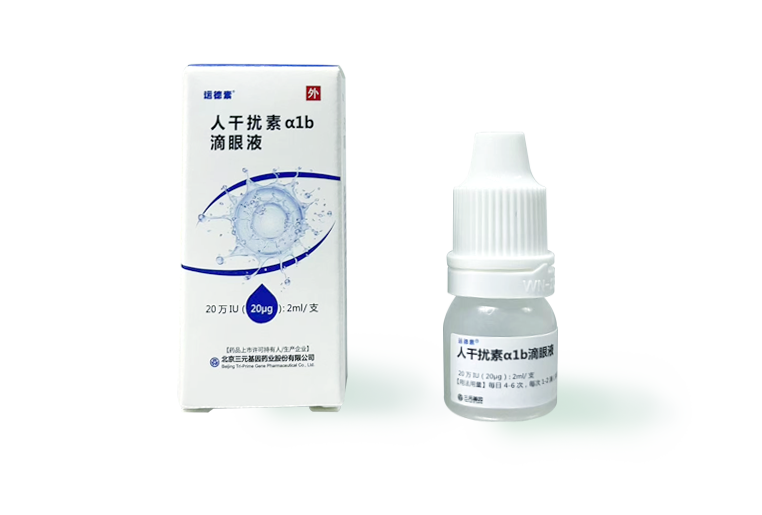Refers to a chronic, complex eye disease caused by infection with the Herpes Simplex Virus (HSV, primarily HSV-1) and the subsequent inflammatory response leading to corneal damage. The infection can spread beyond the cornea to involve other ocular surface tissues such as the eyelids, conjunctiva, iris, and ciliary body.
Typical clinical manifestations include: 1. Epithelial keratitis: Affecting the epithelium and superficial stroma, this is the most basic type of the disease and also the most common and easily diagnosed in clinical practice. 2. Dendritic keratitis: Following viral invasion into epithelial cells, cell proliferation and degeneration occur, followed by necrosis and shedding, forming dendritic or coral-shaped epithelial defects. 3. Geographic keratitis: Resulting from the enlargement and deepening of dendritic ulcers; 4. Disciform stromal keratitis: Characterized by central corneal opacity and edema with essentially intact epithelium. HSV is highly contagious. Among adults over 20 years old, the seroprevalence rate reaches 90%, but only 1∼10% exhibit clinical symptoms. Primary infections are seen only in children without immunity to the virus, mostly between 6 months and 5 years of age. After primary infection, the virus remains latent in the body for life, waiting for reactivation. Secondary infections are more common in children over 5 years and adults. Nonspecific stimuli such as colds, fever, malaria, emotional stress, menstruation, sun exposure, use of corticosteroids, cataract surgery, and trauma can all trigger recurrences.
The disease is self-limiting but has a poor prognosis, with an average time to first recurrence after initial infection being 3 years, and the frequency of recurrences increasing while the intervals between them decrease. The recurrence rate within 5 years reaches 40%. Persistent unhealed or反复发作 can stimulate an autoimmune inflammatory response, leading to complications such as corneal opacities, corneal ulcers affecting vision, or even blindness. It can also lead to glaucoma, secondary infections, and other complications.
Pharmacotherapy involves antiviral and corticosteroid (anti-inflammatory) combination treatment based on the classification of corneal lesions. The first-line drugs for local anti-HSV therapy are nucleoside analogs such as Acyclovir (ACV) and its derivative Ganciclovir\*(GCV).
Recommended Plan:
Human Interferon
α1b eye drops are suitable for superficial viral eye diseases and/or epithelial HSK (dendritic, geographic), administering 1-2 drops each time, 4-6 times daily. The dosage can be adjusted or discontinued as the condition improves.

 Back
Back